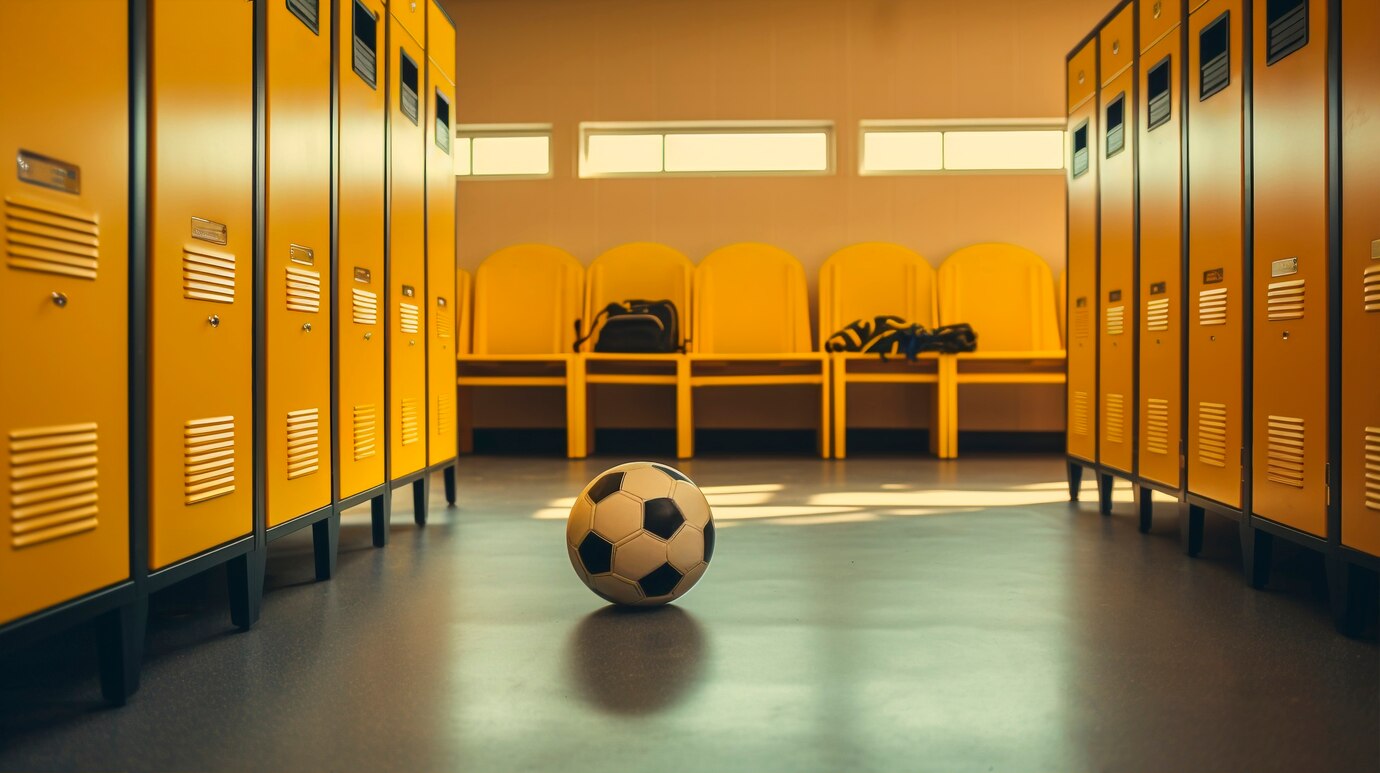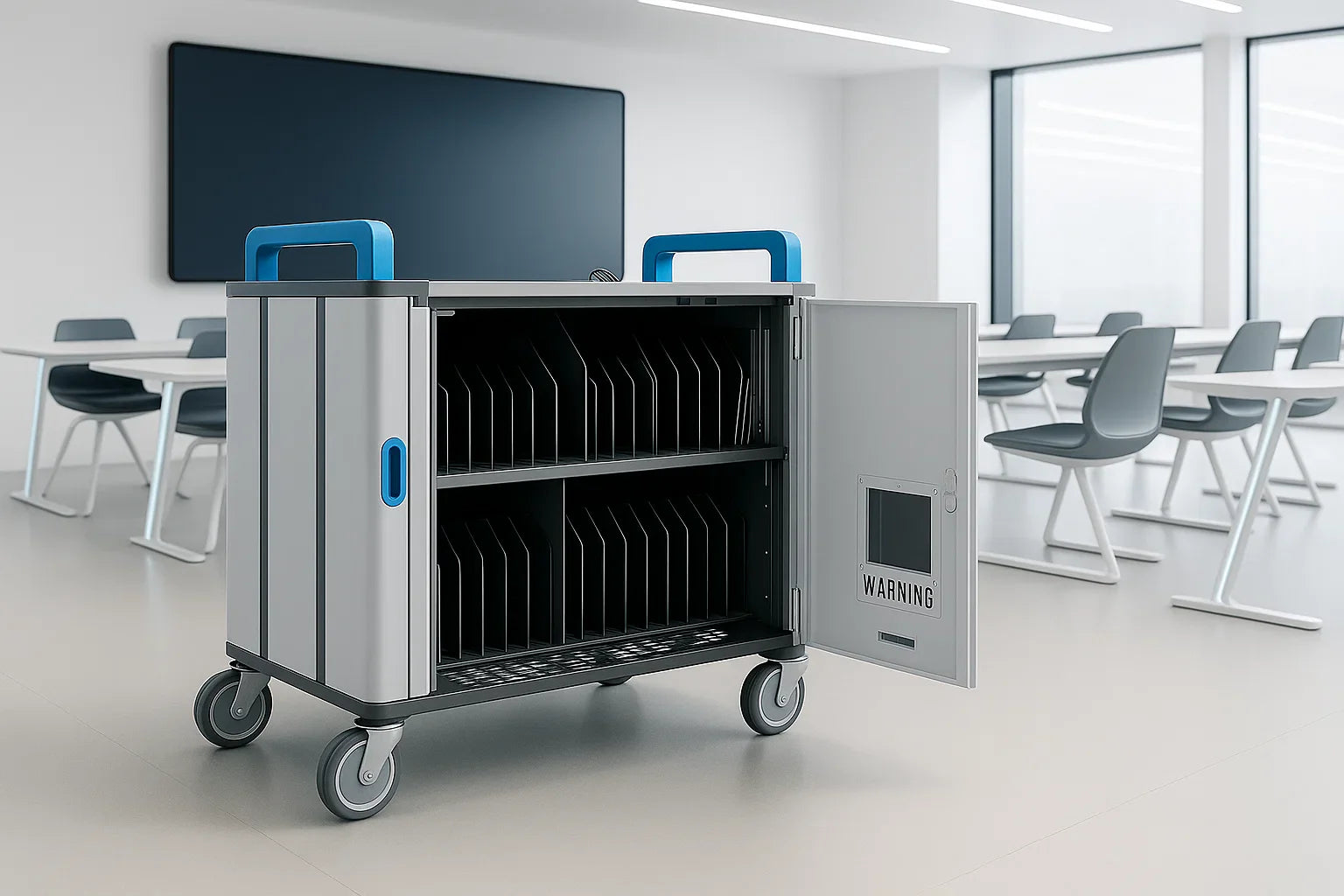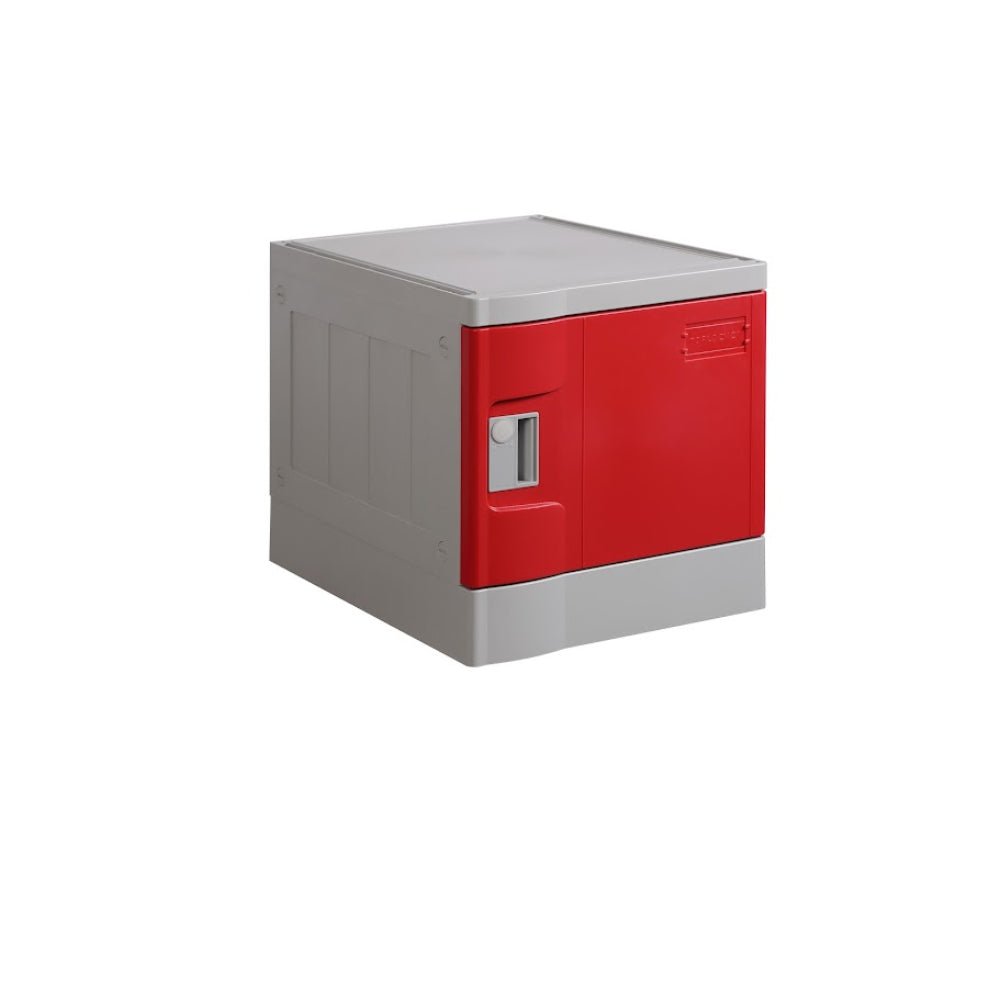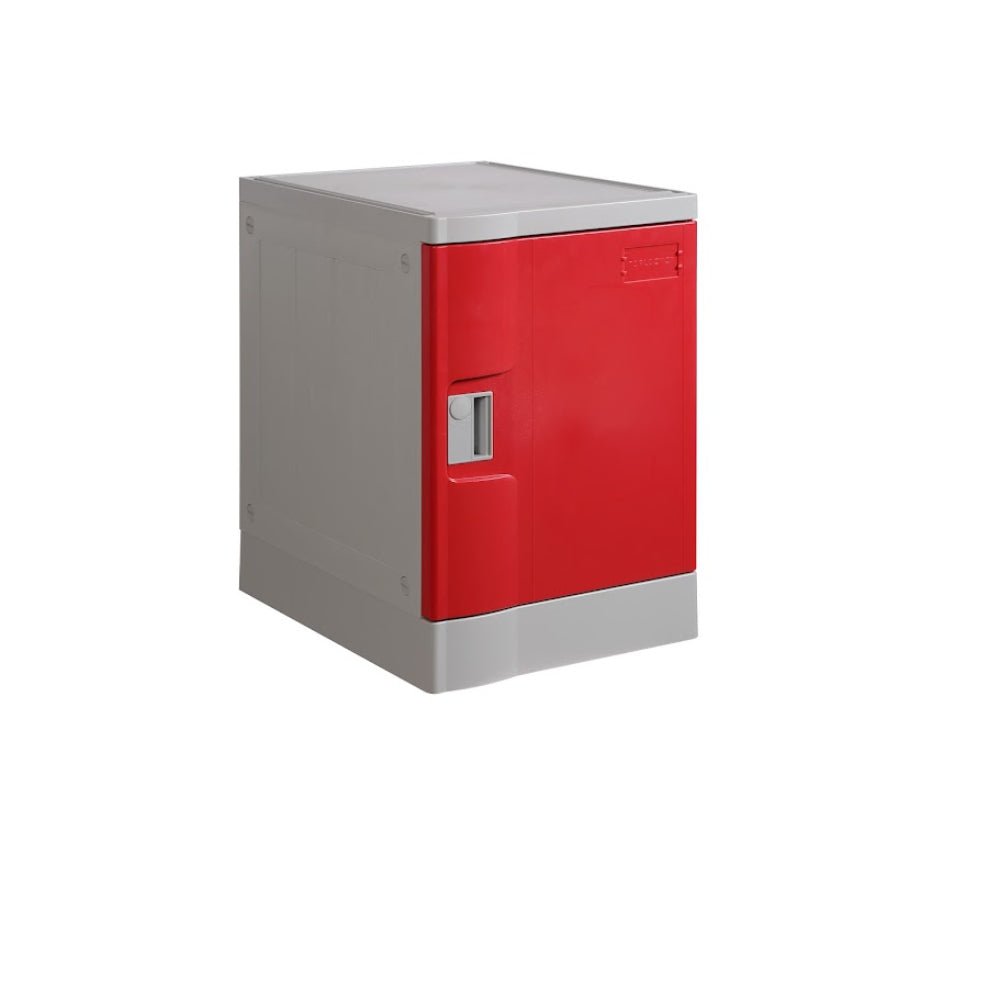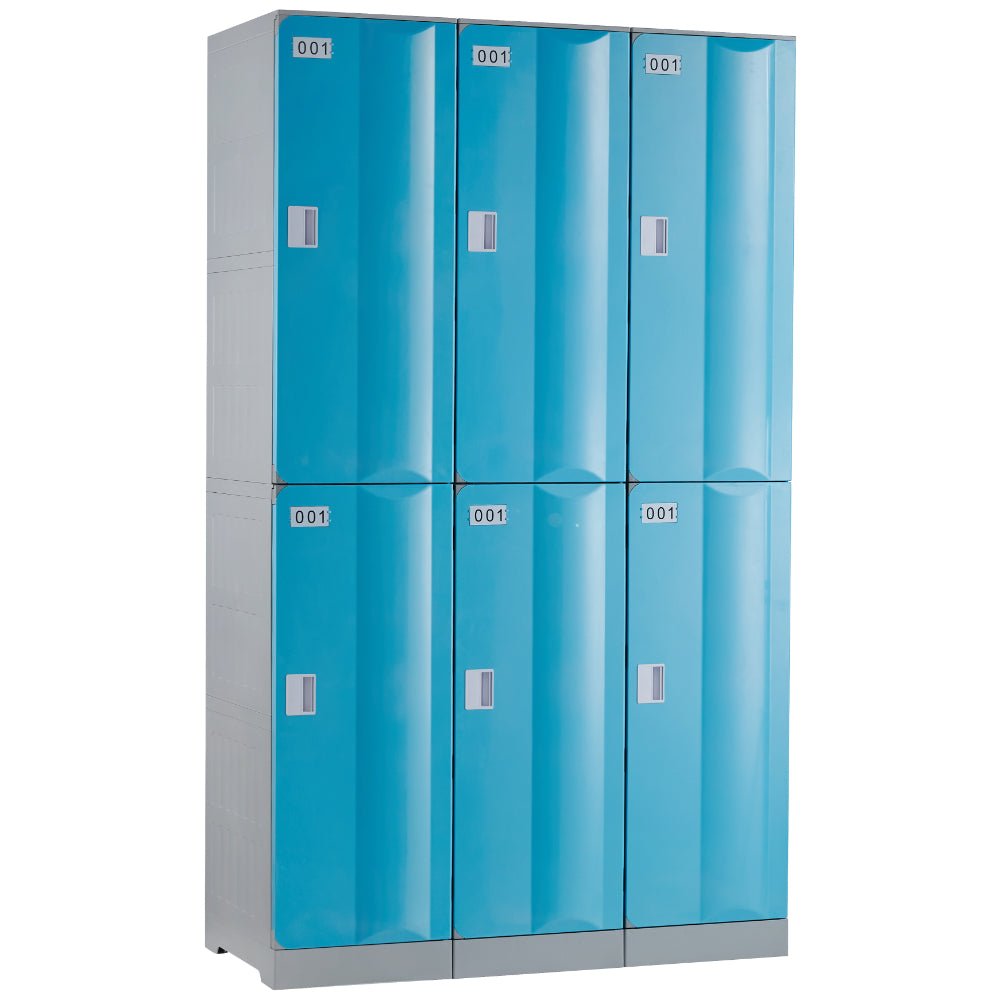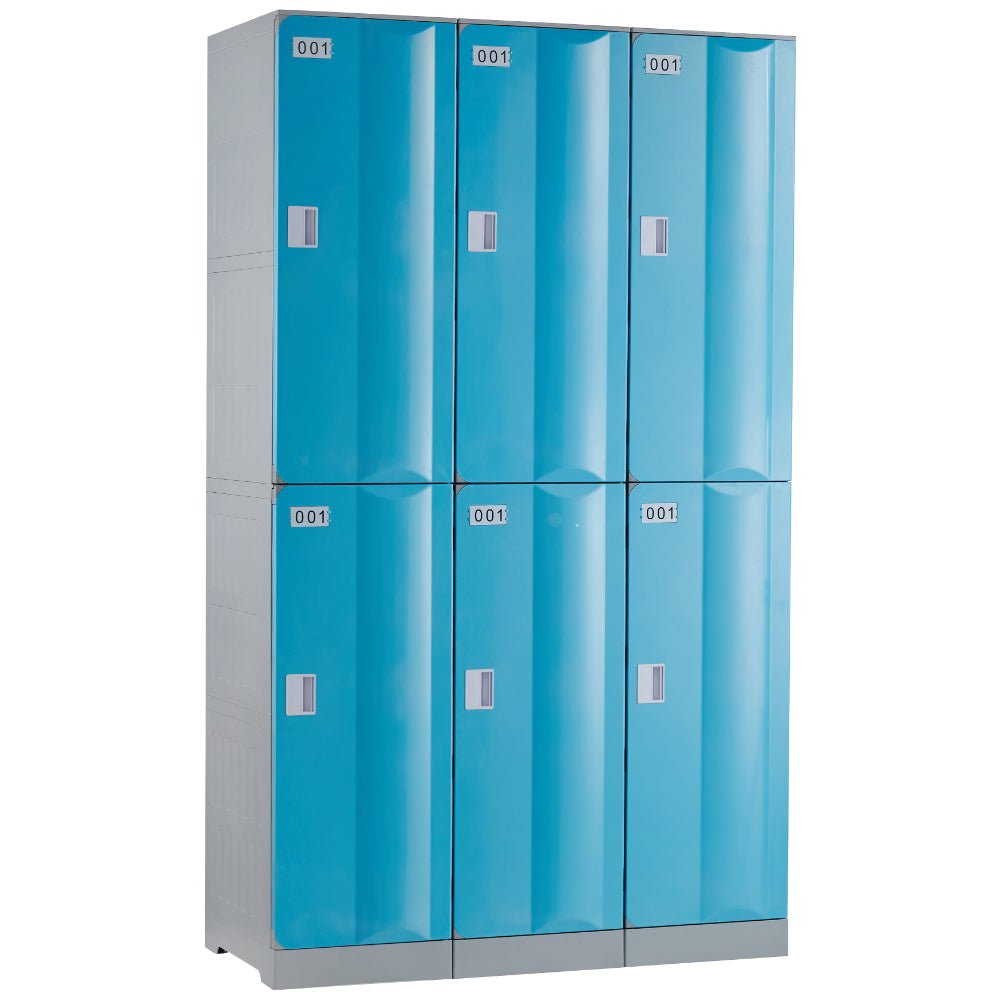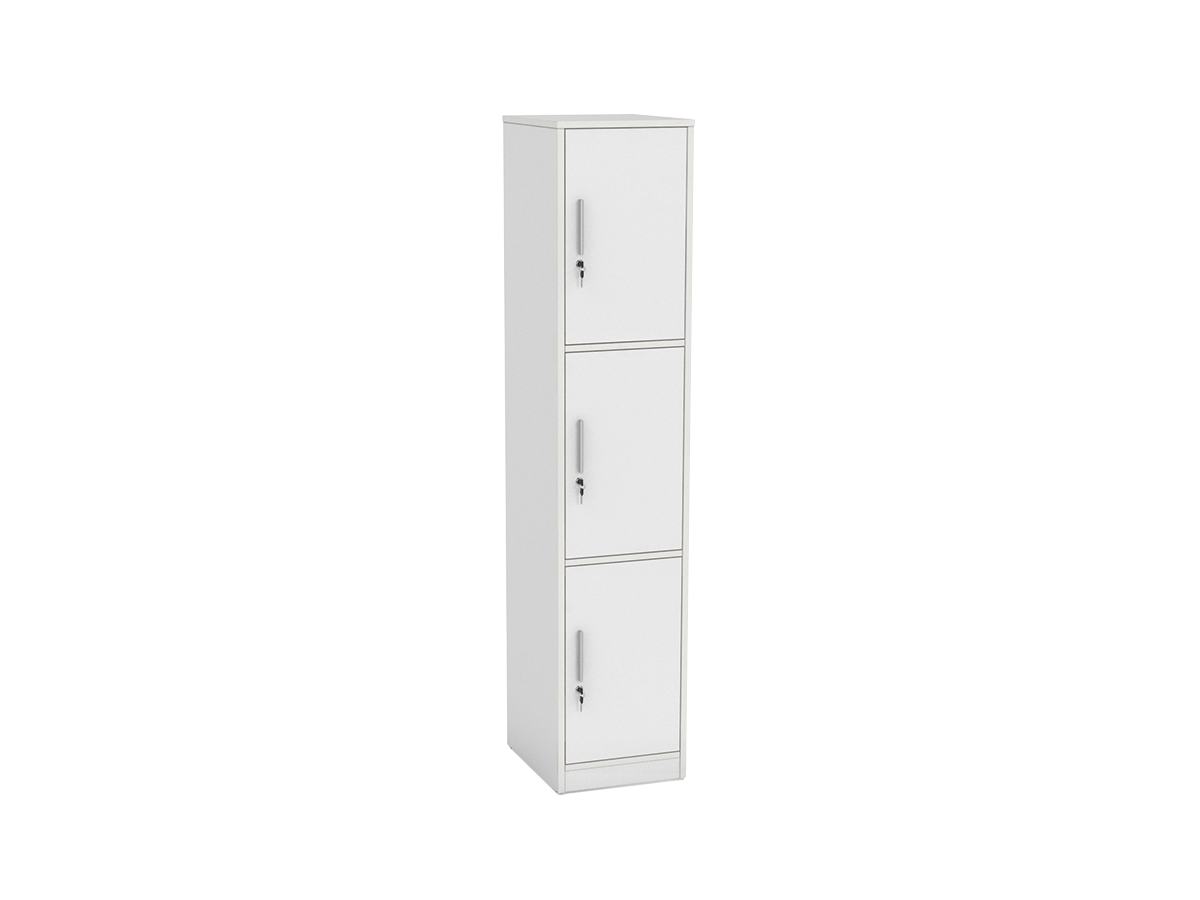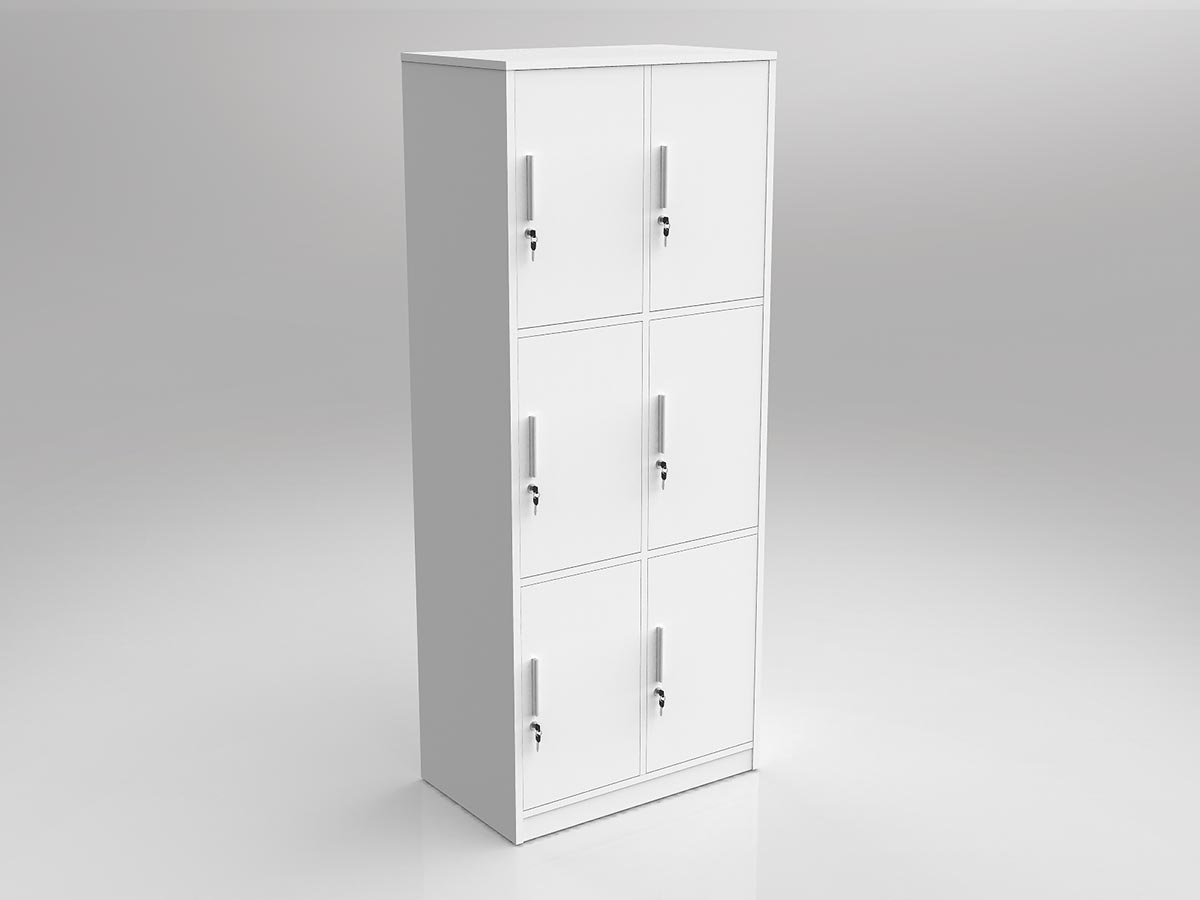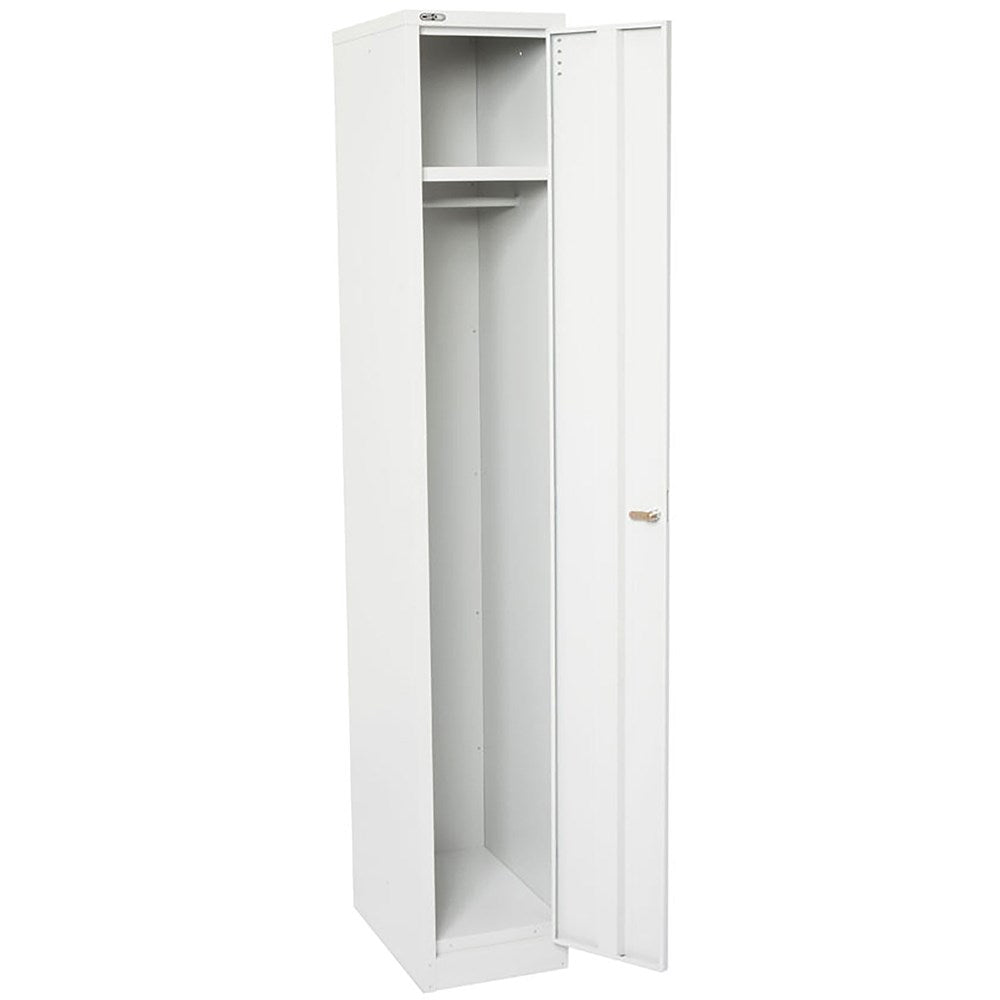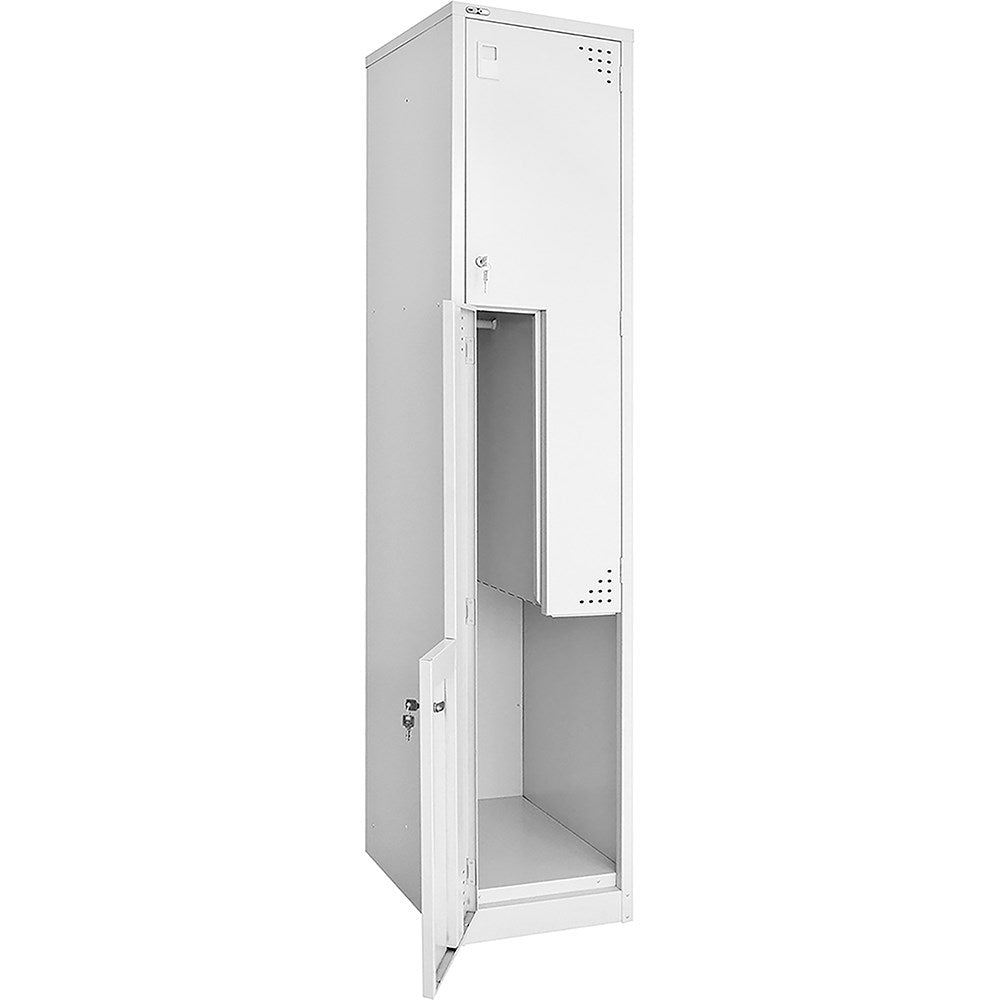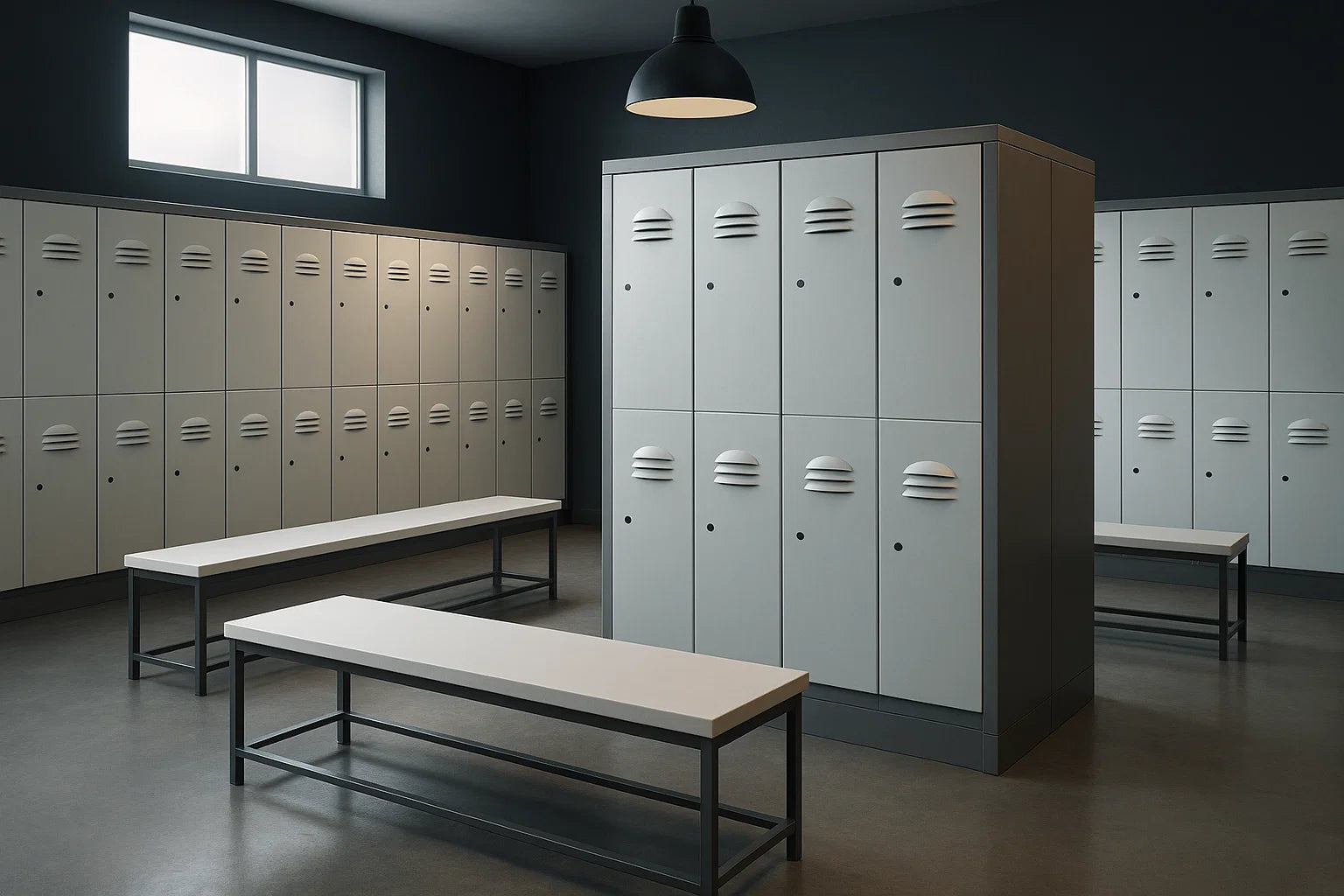Smart Storage for Smarter Students: A Guide to Student and Sports Lockers in Australian Schools
Let’s face it: a poorly organised school environment is a recipe for chaos. Backpacks scattered across hallways, missing uniforms, forgotten gym gear; it’s not just messy, it’s a safety risk. That’s why student lockers are no longer just a “nice to have” but a foundational part of well-run Australian schools.
Whether you’re a principal upgrading an ageing campus or a government procurement officer scoping solutions for a new build, choosing the right school lockers for secure student storage — including purpose-built sports lockers — is a strategic decision that directly affects student wellbeing, school operations, and even compliance with state guidelines.
Why Do Student Lockers Matter More Than Ever?
To tell you the truth, I used to think lockers were a bit old-school; something out of an American sitcom. But walk into any modern Aussie school or learning institution today, and you’ll realise they’re part of a broader push toward smarter, safer, more flexible learning environments.
- Health and Safety: Locker access reduces the need for students to lug around heavy bags. The Queensland Department of Education – PDF highlights that overloaded backpacks are a major contributor to student back strain.
- Organisation and Accountability: Lockers foster good habits. The NSW Locker Checklist – PDF gives schools a practical way to reinforce student responsibility.
- Security and Supervision: When lockers are installed near classrooms rather than in secluded locker bays, schools reduce the risk of vandalism, theft, and anti-social behaviour.
Locker Design That Works: What the Experts Say
The Education Facilities Design Standards (SA Department of Education) – PDF recommend distributing lockers close to learning areas rather than in one single room. This setup improves accessibility and allows for passive supervision, which is crucial for student safety and behaviour management.
Meanwhile, in New Zealand, the Ministry of Education’s Designing Schools guide – PDF reinforces these principles and urges schools to avoid locker placement that obstructs circulation or creates unsafe bottlenecks.
Material Matters: What Should Lockers Be Made Of?
When choosing materials, durability is the key. According to the UK Department for Education – PDF, lockers used in school corridors should be made of robust, fire-rated steel. They also recommend securing lockers to walls if over 1.4m high, and maintaining clear space around units for safety and accessibility.
That’s why our metal lockers for high-use school zones are engineered for long-term performance. Built tough for the classroom, the gym and beyond.
Sports Lockers: A Whole Other Game
Sports facilities require a slightly different approach. Larger compartments, ventilation for damp gear, and ADA-compliant sizing are all critical factors. The U.S. Access Board’s ADA guidelines – PDF are a good reference even outside of the U.S., suggesting at least 5% of lockers in sports facilities should be wheelchair accessible, with clear bench access nearby.
Locker Use and Student Wellbeing
The Cornell University School Ergonomics Guide – PDF points out that students who can access lockers throughout the day carry fewer books, reducing musculoskeletal strain. Schools that remove lockers entirely may unintentionally worsen student fatigue and posture issues.
Final Thoughts: Planning for a Smarter Campus
Great storage isn’t just about saving space; it’s about creating better learning environments. And like most things in education design, it works best when you take a whole-of-school view.
Our team has worked with hundreds of Australian schools and education departments over the years, helping them implement locker strategies that balance security, accessibility, and durability.
If you're ready to upgrade your campus now, explore our range of school lockers for secure student storage and find a solution built for the bell-to-bell realities of Australian education.

